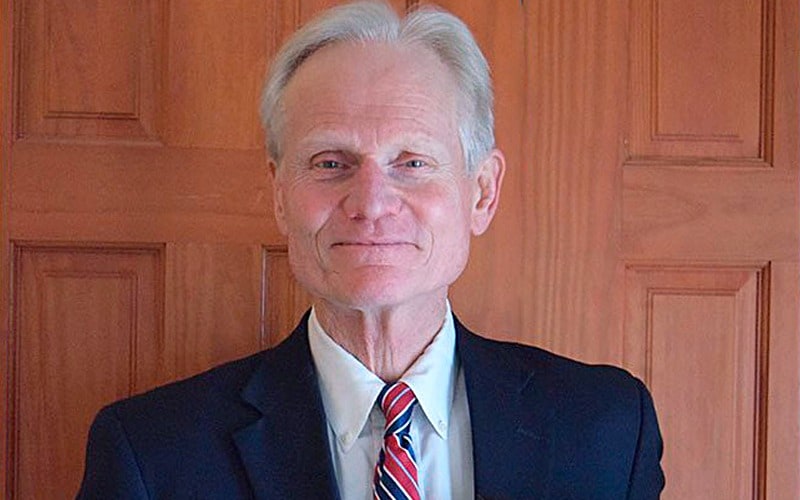 Research & Discovery
Research & Discovery
A Blog Devoted to UD Innovation, Excellence and Scholarship
Research & Discovery
A Blog Devoted to UD Innovation, Excellence and Scholarship
Unearthing soil behavior
ABOVE: Victor Kaliakin received the Fumio Tatsuoka Best Paper Award of 2018 for a work detailing advanced mathematical models to predict the behavior of clay soils. | Photo by iStock and courtesy of Victor Kaliakin
Engineering professor Victor Kaliakin recognized for contributions to soil modeling
Victor Kaliakin, a professor in the Department of Civil and Environmental Engineering at the University of Delaware, received the Fumio Tatsuoka Best Paper Award of 2018 from the journal Transportation Infrastructure Geotechnology. The award is named for Fumio Tatsuoka, a pioneering geotechnical engineering professor at the Tokyo University of Science in Japan.
Kaliakin’s winning paper was titled “Modeling the Time- and Temperature-Dependent Response of Cohesive Soils in a Generalized Bounding Surface Framework.” The article details advanced mathematical models to predict the behavior of clay soils, which are common in the state of Delaware and many parts of the U.S. and other countries. Clay soils can shift and settle over time, especially during natural disasters such as earthquakes, threatening the stability of structures built upon them. Engineers use models to account for the soil’s properties as they design and construct bridges, buildings, tunnels and other elements of the civil infrastructure.
“The goal is always to have analytical and numerical tools to develop more sustainable, resilient designs,” said Kaliakin.
Kaliakin and co-authors Andrés Nieto-Leal and Meysam Mashayekhi, former doctoral students in Kaliakin’s research group, were invited to submit this now-award-winning paper in tandem with Kaliakin’s delivery of the Burmister Lecture at Columbia University during the Second GI-Kazakhstan Geotechnical Society Workshop in 2018.
“We had the opportunity to give a lot of details we had always wanted to describe but could not fit into a normal journal paper,” said Kaliakin. He often points colleagues to this article for more insight into soil modeling. In the future, he hopes to apply his modeling techniques to geothermal applications and to soils that are clay-like, but not pure clay, often known as silty clay. Like pure clay, silty clay is commonly found in Delaware.
Nieto-Leal, who studied at UD as a Fulbright Scholar, is now assistant professor and chairman of the Civil Engineering Program at Nueva Granada Military University in Cajicá, Colombia, a country with clay-rich soil. Mashayekhi is a research engineer at the Turner-Fairbank Highway Research Center of the Federal Highway Administration in McLean, VA.
Kaliakin, who joined UD’s faculty in 1990, has been studying soils since he was a graduate student himself. “I wanted to work on soils because they are a challenge,” he said. Soil is constantly changing under pressure and in response to temperature shifts, so its behavior can be difficult to predict. Soil composition — from its concentration of sand, clay, water, and even gases — can also vary from place to place and over time.
Kaliakin holds a doctoral degree in civil engineering from the University of California-Davis, a master’s degree in civil engineering from the University of California-Berkeley, and a bachelor’s degree in civil engineering from the University of California-Davis.
This is the third time in total and second year in a row that the Fumio Tatsuoka Best Paper Award has gone to a professor from UD. Allan Zarembski, Professor of Practice and Director of UD’s Railroad Engineering and Safety Program, received the 2017 Fumio Tatsuoka Best Paper Award. Dov Leshchinsky, emeritus professor of civil and environmental engineering, won the first Fumio Tatsuoka Best Paper Award in 2014.





